PROGRAM
Download Certificates for Chair and Co-chair
Program Overview
As we favor synchronous interactions we have accommodated the different time zones so that everyone can join and enjoy the conference at a suitable time.
You can find the conference program at the link below:
https://ifac.papercept.net/conferences/scripts/rtf/CAMS25_ProgramAtAGlanceWeb.html
Plenary Lectures
CAMS 2025 features the following plenary speakers:
More details about the dates and contents of the plenary lectures are provided below.
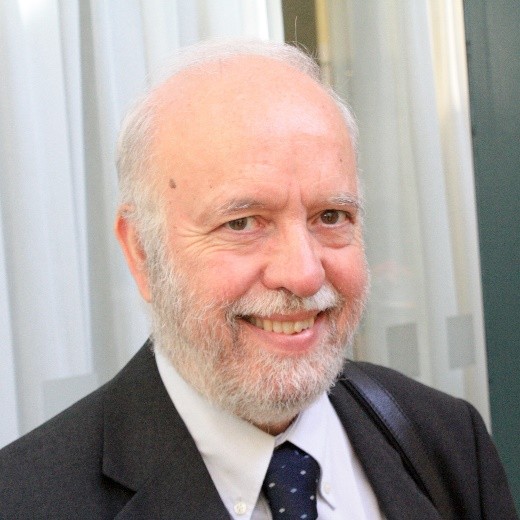
Prof. Carlos Guedes Soares
Title : Prospects for the Development of Maritime Autonomous Surface Ships
Session: Plenary Lecture A on Aug. 26
Bio : Prof. Carlos Guedes Soares is a Distinguished Professor of the Engineering School (Instituto Superior Técnico) of the University of Lisbon. He was the founder in 1994 and is the Scientific Coordinator of the Centre for Marine Technology and Ocean Engineering (CENTEC), which is a research centre of the University of Lisbon, funded by the Portuguese Foundation for Science and Technology.
He concluded his postgraduate studies at the Massachusetts Institute of Technology, USA, in 1976 and at the Norwegian Institute of Technology of the University of Trondheim in 1984. Since then, he has been at the University of Lisbon (formerly the Technical University of Lisbon, until 2013).
He has supervised and co-supervised over 75 PhD students and has garnered more than 40,000 citations in the Web of Science, having a h-index of 91. In the Stanford World Ranking of the 2% highly cited scientists during their career, he ranked between first and fourth from 2019 to 2024 in the area of Civil Engineering (out of a total of 54,049 authors). In the same ranking, he was first among Portuguese scientists from all scientific areas every year from 2019 to 2024.
He is now Co-Editor-in-Chief of the Journal of Marine Science and Application (Springer), the Journal of Reliability Science and Engineering (IOP Press) and the Autonomous Transportation Research Journal (Elsevier). He is also a member of the Editorial Board of more than 15 Journals.
He is a Member of the Portuguese Academy of Engineering and a Fellow of SNAME, RINA, IMarEST, ASME and the Portuguese Engineering Association (Ordem dos Engenheiros). He is the Chairman of WEGEMT, the European Association of Universities on Marine Technology (40 universities). He received the “Career Award 2017” from the Ibero-Latin American Federation of Mechanical Engineering, the American Society of Mechanical Engineers Lifetime Achievement Award in 2018, and the China Friendship Award in 2024.
Abstract : An overview is presented of the developments and current challenges faced by Maritime Autonomous Surface Ships (MASS), which are defined by the International Maritime Organisation (IMO) as commercial vessels capable of operating with minimal or no onboard crew. Firstly, the presentation addresses the IMO Regulations, degree of autonomy, and prototypes in the operations. Then, examples of present-day MASS prototypes are presented, showing their main features. The impacts on the economy of shipowners and the tasks of seafarers are highlighted, addressing the advantages and disadvantages of MASS. Then, a brief presentation is made of various automatic systems that may be integrated into these vessels, including collision avoidance systems, path following, and path planning methods. Then the economic and efficiency benefits are discussed from the viewpoint of risk and safety, as well as potential cybersecurity threats. Finally, an overview of existing and proposed regulations governing their operation is presented.
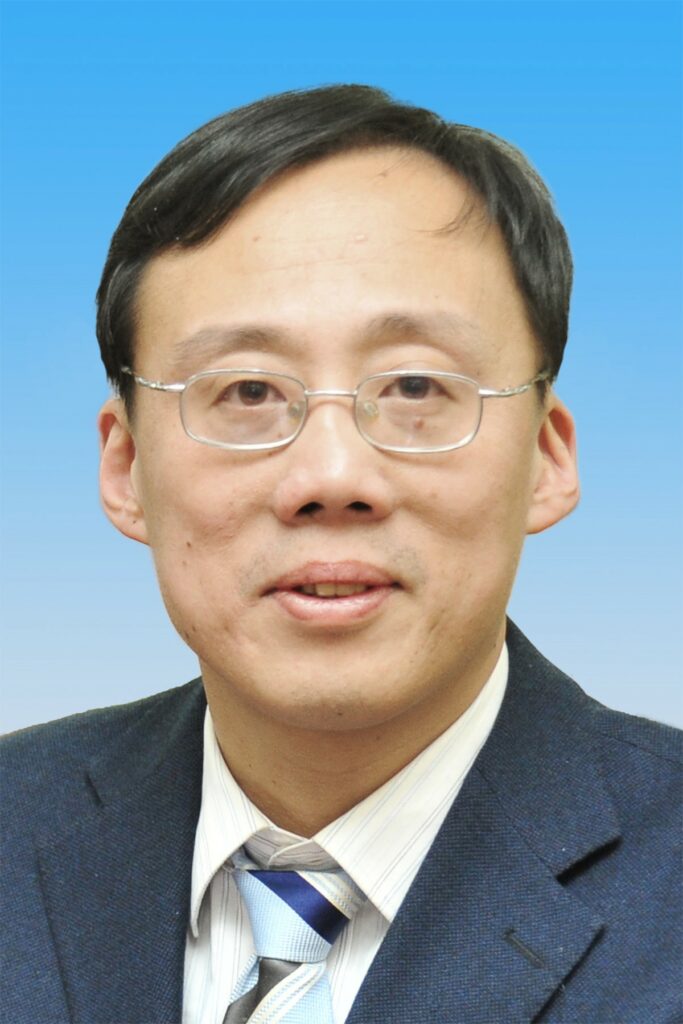
Prof. Pan Guang
Title : Advances in Control of Manta Ray-Inspired Soft-Bodied Underwater Vehicles
Session: Plenary Lecture B on Aug. 26
Bio : Prof. Pan Guang currently serves as the Dean of the School of Marine Science and Technology at Northwestern Polytechnical University and the Director of the Key Laboratory of “Unmanned Underwater Vehicle Technology” under the Ministry of Industry and Information Technology. He has received numerous honors, including the Shaanxi Youth Science and Technology Award, Shaanxi Provincial Teaching Excellence Award, Baosteel Outstanding Teacher Special Prize Nomination Award, NPU Outstanding Graduate Advisor, NPU Most Satisfactory Teacher, and the 2011 Scientific Chinese of the Year.
With a long-term focus on the overall design of underwater vehicles and fluid dynamics, he has been engaged in both research and teaching. He has taught courses such as Fluid Mechanics, Torpedo Mechanics, and Advanced Fluid Mechanics. He has led over 30 major research projects, including the National Key R&D Program, National Natural Science Foundation of China, and the National 863 Program.
His achievements include two Second Prizes of the National Technology Invention Award, two Second Prizes of the National Science and Technology Progress Award, more than 20 provincial and ministerial-level research awards, over 30 authorized invention patents, and the publication of more than 120 papers, with over 60 indexed by SCI and EI.
Abstract : Currently, China’s maritime security faces dual challenges: ecological destruction has led to a sharp reduction in the area of islands and reefs, threatening territorial sovereignty, while the strict monitoring of key straits has hindered the forward deployment of underwater forces. There is an urgent need to develop new-concept submersibles that are bio-friendly, quiet, stealthy, and capable of long-endurance operations. The team led by Pan Guang at Northwestern Polytechnical University, inspired by the manta ray—which excels in efficient gliding, agile flapping, and energy-saving benthic movement—pioneered the concept of a gliding-flapping-benthic multimodal soft-bodied manta-ray-inspired submersible. This innovation has overcome four core technologies: “bionic dynamics theory, integrated gliding and flapping propulsion, multimodal motion control, and perception-coordinated operations.” The team has developed the world’s most comprehensive lineage of manta-ray-inspired submersibles, achieving six major capabilities: high maneuverability, long-range endurance, high bio-friendliness, high stealth, high disturbance resistance, and autonomous operation. This report focuses on the rigid-flexible coupling dynamics theory of multimodal manta-ray-inspired submersibles, the integrated propulsion technology combining bionic pectoral fin flapping and variable-wing gliding, the coordinated motion and disturbance-resistant control technology for gliding-flapping multimodal operations, and the multi-source perception and cluster coordination technology. It discusses the latest technological advancements and applications of soft-bodied manta-ray-inspired submersibles.
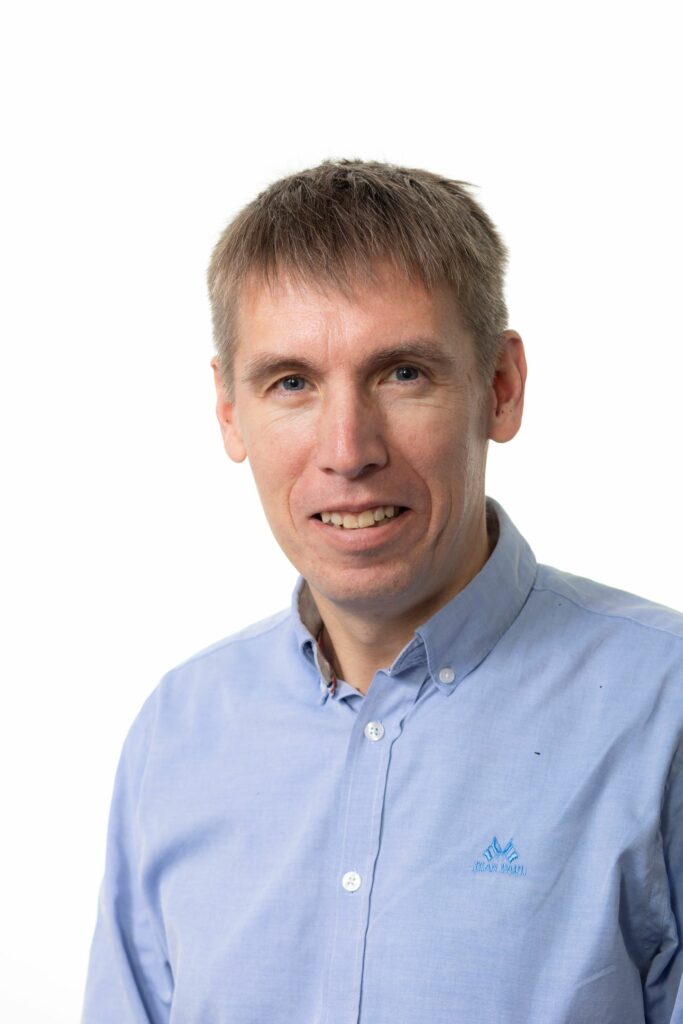
Prof. Martin Ludvigsen
Title : Advancing Marine Autonomy Through Field Infrastructure and Scientific Applications
Session: Plenary Lecture C on Aug. 26
Bio : Prof. Martin Ludvigsen is a Professor at the Department of Marine Technology, and his research interests cover underwater robotics and its applications with a focus on perception and autonomy. Ludvigsen has extensive at-sea experience and has been involved in research projects in deep sea, in the upper water column, and the Arctic deploying robotic underwater vehicles.
He is co-founder and manager of the Applied Underwater Robotics Laboratory (AUR-Lab) at NTNU, Trondheim, Norway. AUR-Lab is a platform for multidisciplinary marine research at NTNU, facilitating research within both engineering disciplines and marine science by providing ROV, AUV and USV operations.
Abstract : AMarine autonomy progresses through well-defined technological challenges and essential applications in real-world experiments. The Applied Underwater Robotics Laboratory (AUR-Lab) provides operational and efficient infrastructure to enable field-driven robotic research together with marine science and industry. Together with SINTEF Ocean, NTNU expanded the AUR-Lab with Oceanlab focusing on underwater operations, marine observation, aquaculture, and unmanned vessels. These topics were further expanded in the Fjordlab, while also adding support for digital twins and interactive data visualizations, large-scale maritime testing and numerical ocean models.
Developing autonomy for underwater vehicles is an important research goal for AUR-Lab. To investigate the natural processes in the ocean such as temperature and salinity gradients and phytoplankton patchiness, adaptive mission planning has been addressed to enable the robots to adapt their operation to underway sensor readings. Model-based deliberative planning algorithms are used for both single and collaborating vehicles. These methods have been further improved and adapted to enable probability optimized mapping of zooplankton densities. Biomass is estimated by numerical modelling and measured with both optical and acoustical instruments. Heterogeneous networks of robotic vehicles combine both distributed and centralized planning approaches for zooplankton mapping. For ship hull inspection, end-to-end autonomous solutions have been developed starting with path planning, following through online perception, which enable real-time mission adaptation through interpretation and reporting. The planning, perception, control and navigation components of these autonomous systems have been further advanced to enable resident and persistent vehicles using subsea docking stations to obtain extended-duration operations independent of support vessels.
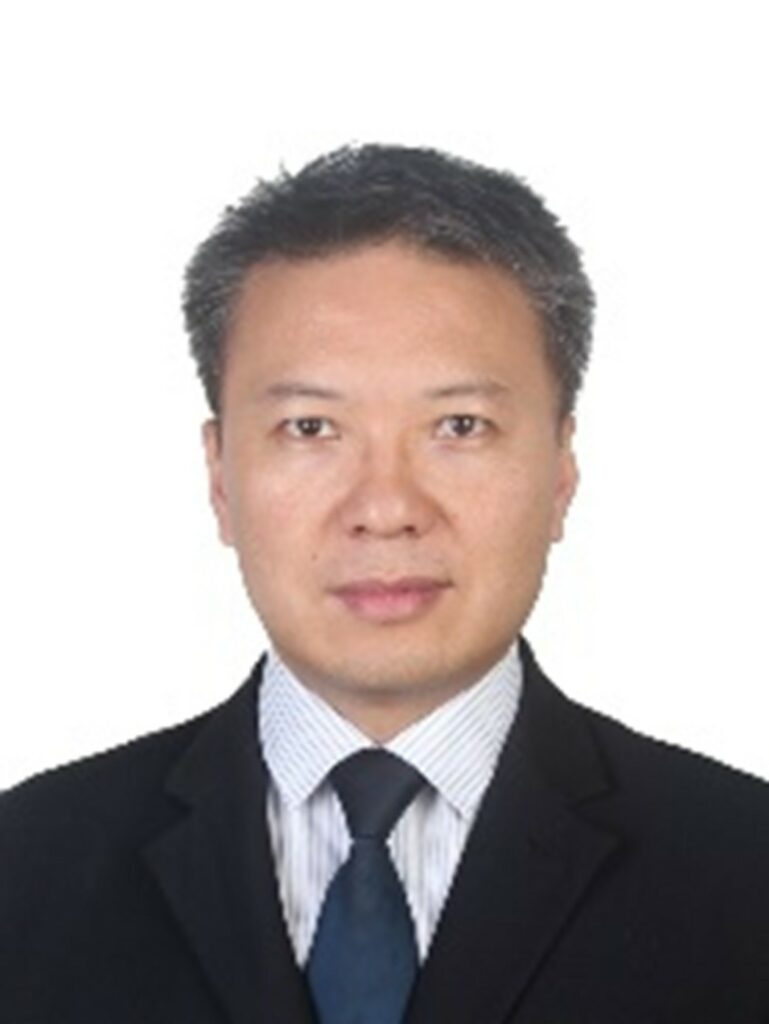
Dr. Zhang Dinghua
Title : Introduction to Subsea Heavy Equipment and Control Technology
Session: Plenary Lecture D on Aug. 26
Bio : Dr. Zhang Dinghua, Professor-level Senior Engineer, is a leading figure in Shanghai’s future space industry development. He pioneered China’s deep-sea heavy-duty operations industry, with applications spanning trenching and cable-laying, construction and emergency repairs, and mineral mining. His contributions have provided instrumental solutions for China in safeguarding intercontinental network communications, deep-sea resource development, and maritime safety emergency response.
Project achievements under his leadership have been widely deployed at domestic and international construction sites. His work has been honored with:
- Science and Technology Progress Awards from Shanghai Municipality, Hunan Province, and Guangdong Province
- China’s Outstanding Patent Award
His team received the Science and Technology Innovation Team Award from the Chinese Society of Naval Architects and Marine Engineers.
Abstract : On the basis of analyzing the demand for deep-sea operations, this report discusses the technical requirements and challenges of deep-sea heavy operations, and introduces the engineering applications of underwater communication, oil and gas, and maritime safety rescue by combining the product performance, industrial capabilities, and technological innovation of CRRC Shanghai SMD Company in underwater electrification and intelligence. Finally, the development trend of new technologies for underwater operation equipment is discussed.
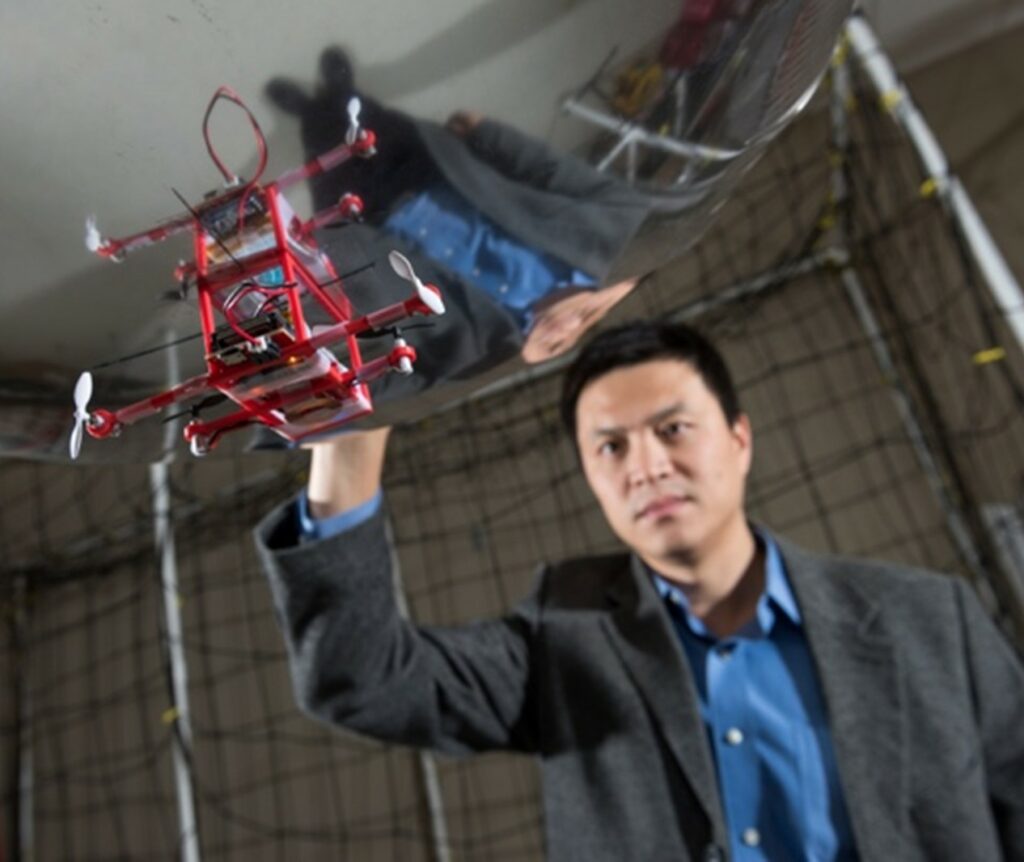
Prof. Zhang Fumin
Title : Autonomy for Active Perception by Robot Swarms
Session: Plenary Lecture A on Aug. 27
Bio : Dr. Fumin ZHANG is Chair Professor and Director of the Cheng Kar-Shun Robotics Institute at the Hong Kong University of Science and Technology, serving as Acting Head for the School of Mechanical and Aerospace Engineering. He is also Dean’s Professor adjunct in the School of Electrical and Computer Engineering at the Georgia Institute of Technology. He received a PhD degree in 2004 from the Un.iversity of Maryland (College Park) in Electrical Engineering and held a postdoctoral position in Princeton University from 2004 to 2007. His research interests include mobile sensor networks, maritime robotics, control systems, and theoretical foundations for cyber-physical systems. He received the NSF CAREER Award in September 2009 and the ONR Young Investigator Program Award in April 2010. He is currently serving as the co-chair for the IEEE RAS Technical Committee on Marine Robotics, associate editors for IEEE Transactions on Automatic Control, and IEEE Transactions on Control of Networked Systems, IEEE Journal of Oceanic Engineering, and International Journal of Robotics Research. He is an IEEE Fellow.
Abstract : Control theory and control technology have received renewed interests from applications involving service robots during the last two decades. In many scenarios, service robots are employed as networked mobile sensing platforms to collect data, sometimes in extreme environments in unprecedented ways. These applications post higher goals for autonomy that have never been achieved before, triggering new developments towards convergence of sensing, control, and communication.
Identifying mathematical models of spatial-temporal processes from collected data along trajectories of mobile sensors is a baseline goal for active perception in complex environment. The controlled motion of mobile sensors induces information dynamics in the measurements taken for the underlying spatial-temporal processes, which are typically represented by models that have two major components: the trend model and the variation model. The trend model is often described by deterministic partial differential equations, and the variation model is often described by stochastic processes. Hence, information dynamics are constrained by these representations. Based on the information dynamics and the constraints, learning algorithms can be developed to identify parameters for spatial-temporal models.
Certain designs of active sensing algorithms are inspired by animal and human behaviors. Our research designed the speed-up and speeding strategy (SUSD) that is inspired by the extraordinary capabilities of phototaxis from swarming fish. SUSD is a distributed active sensing strategy that reduces the need for information sharing among agents. Furthermore, SUSD leads to a generic derivative free optimization algorithm that has been applied to solve optimization problems where gradients are not well-defined, including mixed integer programing problems. A perceivable trend in the control community is the rapid transition of fundamental discoveries to swarm robot applications. This is enabled by a collection of software, platforms, and testbeds shared across research groups. Such transition will generate significant impact to address the growing needs of robot swarms in applications including scientific data collection, search and rescue, aquaculture, intelligent traffic management, as well as human-robot teaming.
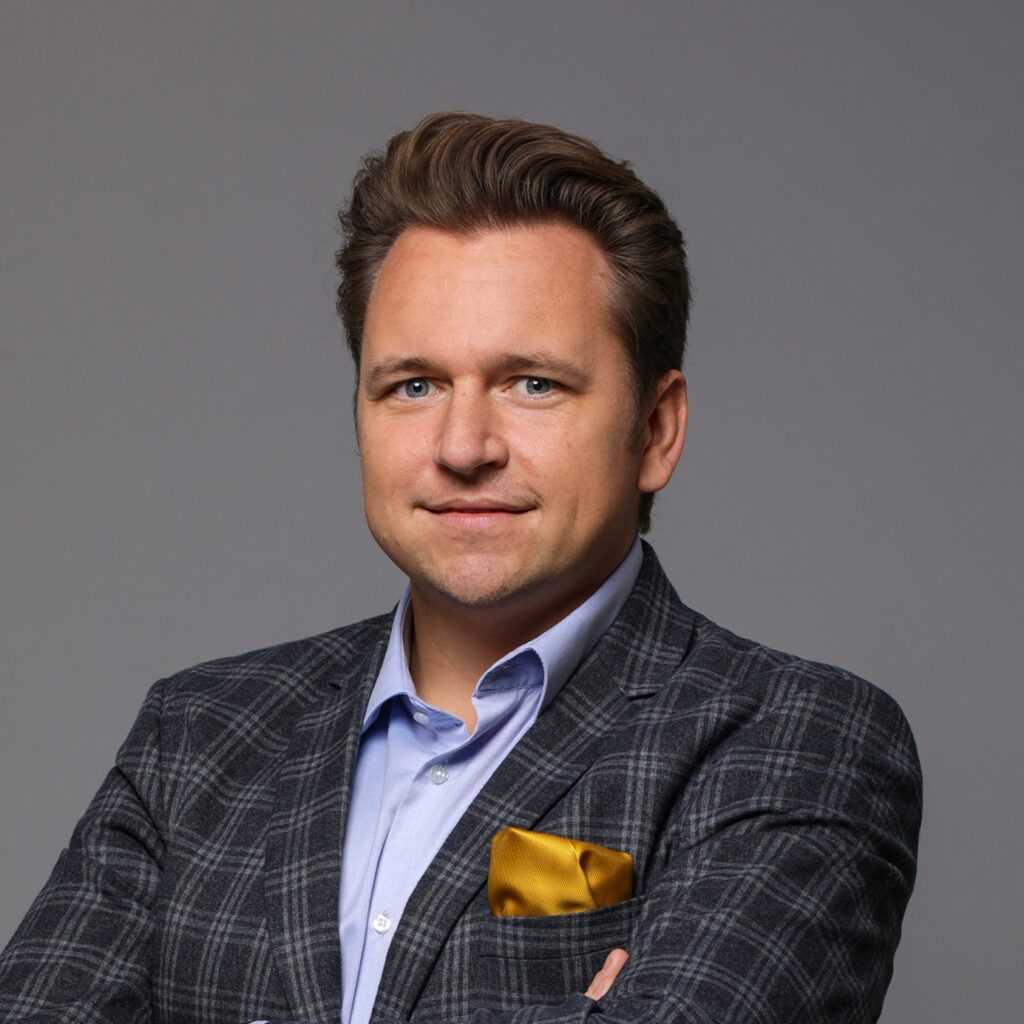
Prof. Nikola Mišković
Title : MARBLE – Centre of Excellence in Maritime Robotics and Technologies for Sustainable Blue Economy
Session: Plenary Lecture B on Aug. 27
Bio : Prof. Nikola Mišković received the Ph.D. degree in electrical engineering from University of Zagreb, Zagreb, Croatia, in 2010. He is a tenured Full Professor in control and marine robotics and the Head of the Laboratory for Underwater Systems and Technologies, Faculty of Electrical Engineering and Computing, University of Zagreb, Zagreb, Croatia. He is the Director of a European “Centre of Excellence in Maritime Robotics and Technologies for Sustainable Blue Economy – CoE MARBLE” funded under the Teaming call of the Horizon Europe Programme. He participated in 20 European projects (coordinated five), six Office of Naval Research Global projects, two NATO projects, one Schmidt Ocean Institute project, and 16 national projects. He authored/coauthored more than 130 papers in journals and conference proceedings in the area of navigation, guidance, and control, as well as cooperative control in marine robotics. Dr. Mišković was President of the Chapter for Robotics and Automation of the IEEE Croatian Section (2016–2019), member of the IEEE Oceanic Engineering Society Administrative Committee (2023–2025), and member of the IFAC Technical Committee on Marine Systems and Centre for Underwater Systems and Technologies.
Abstract : Croatia is not only a top tourist destination with a stunning coastline – its shores and the Adriatic Sea also provide an ideal testbed for cutting-edge research in maritime robotics. The Centre of Excellence in Maritime Robotics and Technologies for Sustainable Blue Economy (CoE MARBLE) is a newly established research organization, funded by the European Commission, dedicated to strengthening Croatia’s research and innovation capacities in this field, focussing on key research areas with the greatest potential to transform blue economy sectors: maritime robotics and autonomous systems, maritime green endurance, maritime Internet-of-Things, and maritime digital twins.
This talk will focus on recent work and research advancements within CoE MARBLE – from designing heterogeneous collaborative maritime robots, to monitoring underwater radiated noise, and developing technologies to support the aquaculture industry. A special highlight will be the experimental pilot sites being developed across the Adriatic, designed to host and connect researchers from around the globe.
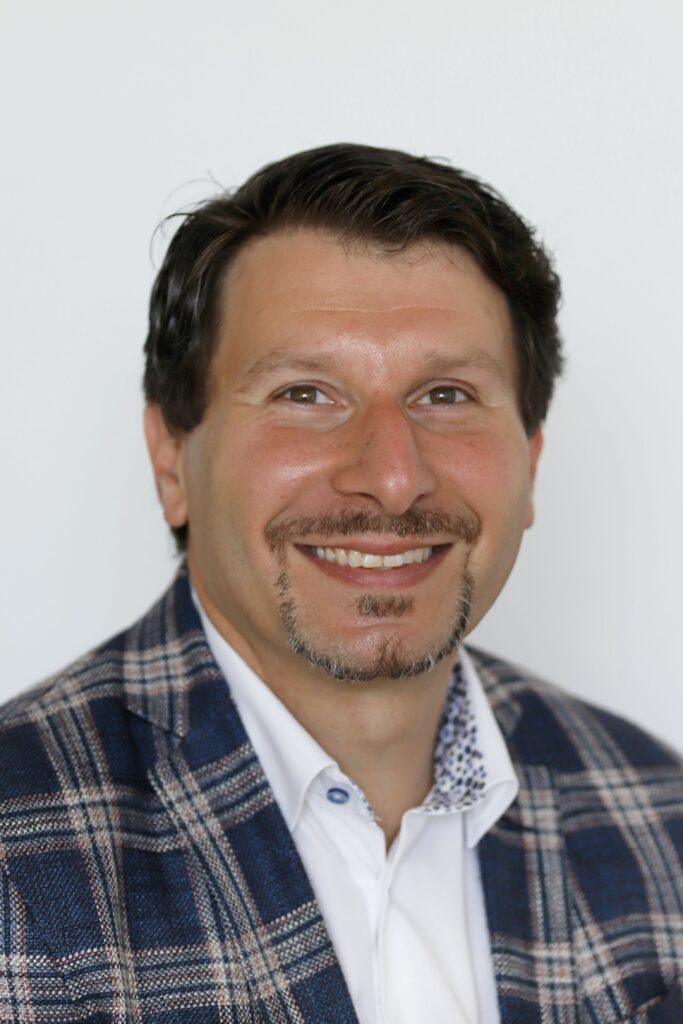
Prof. Roberto Galeazzi
Title : Trusting the Machine at the Helm: Resilience, Awareness and Good Seamanship in the Age of Autonomous Ships
Session: Plenary Lecture C on Aug. 27
Bio : Roberto Galeazzi is an Associate Professor and Group Leader at the Technical University of Denmark’s Department of Electrical and Photonics Engineering. With an MSc in Electronic Engineering from Università Politecnica delle Marche in Italy (2005) and a PhD in Automation and Control from DTU (2010), he has built his career at the intersection of theory and application. Dr. Galeazzi leads the Control, Robotics, and Embodied AI group, where his work advances control and estimation theory to make autonomous systems more resilient, intelligent, and reliable. His research spans motion control, multimodal sensor fusion, motion planning, condition monitoring, and fault-tolerant control—always with the goal of translating cutting-edge ideas into real-world solutions. An active contributor to the global control community, he has chaired the IFAC Technical Committee on Marine Systems (2019–2023) and currently leads the IFAC Coordinating Committee on Transportation and Vehicle Systems. Through his publications, international collaborations, and dedication to mentoring young engineers, Dr. Galeazzi continues to shape the future of autonomous and cyber-physical systems.
Abstract : As autonomous and remotely operated ships transition from research to operational reality, trust in the machine at the helm becomes a decisive factor for safe and reliable adoption. This plenary will explore three core pillars of trustworthy maritime autonomy: resilient navigation, ensuring that every decision is based on verified and reliable information; robust situational awareness, enabling sound decision-making under operational uncertainty; and collision avoidance grounded in Good Seamanship, ensuring safe passage under all circumstances. These pillars will be examined in the context of current technological maturity and the evolving regulatory framework, highlighting both the opportunities and the challenges of large-scale deployment. The central message is clear: in the age of autonomous ships, Resilience, Awareness, and Good Seamanship are essential to making machines at the helm as safe, secure, and dependable as the most experienced mariners.
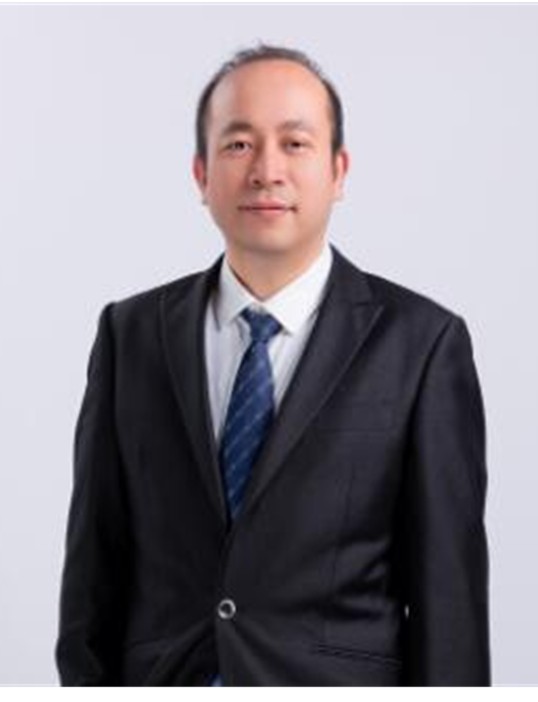
Prof. Ma Yong
Title : Elastic adaptive deep reinforcement learning for autonomous navigation of marine surface vehicles
Session: Plenary Lecture D on Aug. 27
Bio : Yong Ma (Senior Member, IEEE) is a professor at the school of navigation, Wuhan
University of Technology, and serves as chief scientist for the intelligent navigation control of marine surface vessels at the State Key Laboratory of Maritime Technology and Safety. Prof. Ma is listed in the world ranking top 2% scientists’ list. Serving as an associate editor for IEEE TII. His research focuses on intelligent navigation theory and technology for marine vessels and intelligent maritime safety systems. He has hosted a National Key R&D plan, published more than 70 journal papers including IEEE Trans, Scientia Sinica Technological Sciences, and received a first-class prize at the provincial/ministerial level as the lead investigator.
Abstract : The complex and varied nature of marine environments poses a challenge to the training of decision-making networks using deep reinforcement learning (DRL). In response to the challenges faced by marine surface vehicles in perceiving dynamic motion environments and complex, rapidly changing situations, this presentation introduces a generalised elastic adaptive deep reinforcement learning framework. This framework uses a two-stage training approach involving function learning and optimisation learning. During the function learning stage, a task-adaptive observed behaviour classification technique is used to divide state and action spaces into subspaces and identify classic states and actions. During the optimisation learning stage, adaptive exploration within localised state subspaces is then constructed. Compared to traditional DRL approaches, this framework ensures that the decision-making network extracts stable and effective knowledge from complex state-action spaces, thereby enhancing the algorithm’s adaptive capabilities. Finally, applications stemming from this research are outlined.
Workshop on Marine Robots
CAMS 2025 features the following workshop:
More details about the dates and contents of the workshops are provided below.

Massimo Caccia
Title : Marine Robotics at Italian National Research Council: 30 Years of History and New Trends
Date: Afternoon, Aug. 25
Bio : Massimo Caccia served as Director and Acting Director, respectively, of the ISSIA-CNR. After joining CNR in 1993, his theoretical and applied research activities focused on marine robotics, mainly addressing the topics of modelling and identification, cooperative guidance and control, vision-based motion estimation and control, and embedded real-time platforms and architectures for Unmanned Marine Vehicles. He is among the European pioneer researchers in the field of unmanned surface vehicles and, with his research group, he developed pioneer research projects on the application of robotic technology to maritime safety. Research results, certified by more than 200 publications in international books, journals and conferences, led to the partnership in a number of EC, national and regional projects. He recently coordinated the projects such as Blue RoSES (EMFF), MATRAC-ACP (Interreg Maritime Italy-France), and so on, that represent state-of-the-art R&D in the definition of guidelines and codes of practice for the operation of robotic vehicles in harbour waters and coastal water, and in the integration of shipbuilding and robotics according to the vision identified by Blue Italian Growth National Technology Cluster.
Abstract : The talk starts summarising fundamental results achieved by marine robotics researchers of the Italian National Research Council in the last 30 years, focusing on their contribution to the development of new concepts in prototype vehicle design and its strict interactions with new application fields, in particular in polar regions, where pioneer demonstrations were carried out. Ongoing research challenges for a small research team in a field that, finally, got a mature technology are presented and discussed in the second part of the talk.
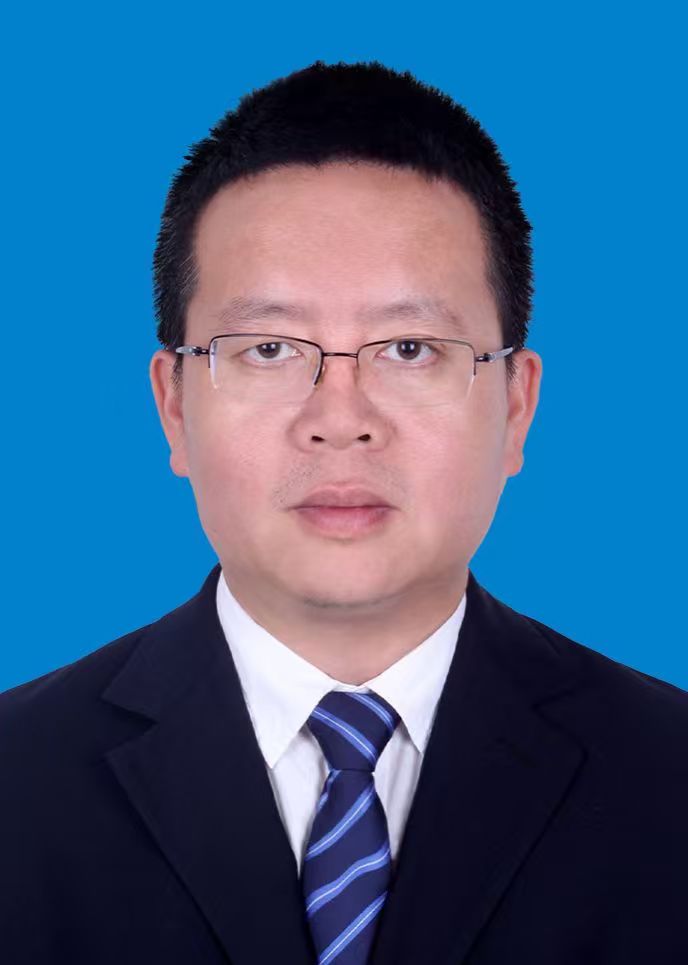
Prof. Peng Zhouhua
Title : Recent Advances in Control of Multiple Autonomous Surface Vehicles
Date: Afternoon, Aug. 25
Bio : Professor Zhouhua PENG currently serves as the Dean of the Marine Electrical Engineering at Dalian Maritime University, and the Director of the Key Laboratory of Dalian Key Laboratory of Swarm Control and Electrical Technology for Intelligent Ships. Professor Peng has been conducting research in the field of guidance and control of multiple autonomous surface/underwater vehicles. He has presided over more than 10 national-level projects. He has published more than 170 SCI papers, with more than 11,000 citations in Google Scholar and an H-index of 56 in Google Scholar. He has published 3 academic monographs and obtained 76 authorized invention patents. Achievements include winning the first-class and second-class Natural Science Prize of Liaoning Province, the first-class China Ocean Engineering Science and Technology Prize, and the second-class Natural Science Prize of Ministry of Education, all as the first rank. Honors include being selected as a National Young Top Talent, a Leading Talent of the Xingliao Talent Program in Liaoning Province, a Leading Innovative Talent in the Ministry of Transport, a recipient of the Special Government Allowance, an Advanced Worker in the National Transportation System, Elsevier Highly Cited Researchers, and Clarivate Highly Cited Researchers.
Abstract : Autonomous surface vehicles (ASVs) are characterized by low cost, high mobility, and high degree of autonomy and intelligence.They provide unique capabilities for performing various missions in complex sea environments without risking human lives. They can be deployed in numerous applications in either military or civil missions. In this talk, recent advances on control of multiple ASVs will be introduced including coordinated control of multiple ASVs, attack-defence of multiple ASVs, and path planning and control of large-scale ASVs.

Prof. Pedro J. Sanz
Title : Would it be possible to design an experimental roadmap that would allow us to achieve the dream of a truly I-AUV?
Date: Afternoon, Aug. 25
Bio : Pedro J. Sanz is Full Professor in the Computer Science and Engineering Department at Universitat Jaume I (UJI, Spain), and head of CIRTESU (Research Centre for Robotics and Underwater Technologies). He holds a B.Sc. in Physics by the University of Valencia (UV), M.Sc in Engineering (CAD/CAM) from the Technical University of Valencia (UPV) and a Ph.D. in Computer Engineering by UJI. Sanz has been appointed as Visiting Scientist at different Universities, like TUM (GERMANY, 2000 and 2016), Blaise Pascal (FRANCE, 2002), Bologna (ITALY, 2008). He was a Member of the Advisory Committee of the IEEE Systems Council (2008-12) and the Humanoids Competition Chair during “2014 IEEE-RAS International Conference on Humanoid Robots” (Madrid, 2014). Chair of several Tutorials and Workshops within outstanding International Conferences on Robotics (IROS, IFAC, ICMA). Sanz has served as Associate Editor of some outstanding Journals (IEEE RAM, IEEE
SMC Part C). He has been the Coordinator of the Spanish Robotics Network (CEAIFAC, 2012-16), and his main research interests are devoted to Multisensory based Grasping and Dexterous Manipulation, Telerobotics and Human-Robot Interaction (HRI), all of them applied to real life scenarios, including assistive and underwater robotics.
Abstract : Seven years ago, during IROS 2018 (Madrid, Spain), was organized the Workshop: “New Horizons for Underwater Intervention Missions: from Current Technologies to Future Applications”. The purpose of this talk is to provide an overview of the evolution and progress of this emerging technology, highlighting the pros and cons, and drawing on some lessons learned along the way. Recent years have enabled significant advances in critical technologies such as wireless communication, HRI, perception, and dexterous manipulation, to name a few. In fact, recent experiments involving CIRTESU (Research Centre for Robotics and Underwater Technologies, UJI, Spain), focusing on IMR (Inspection, Maintenance, and Repair) activities through new cooperative robotics strategies and with increasing use of stronger AI algorithms, and better mechatronic devices (for perception and action), suggest an optimistic roadmap for the next years. In short, the dream of achieving an autonomous underwater robotic intervention system (I-AUV) now seems more achievable than ever.
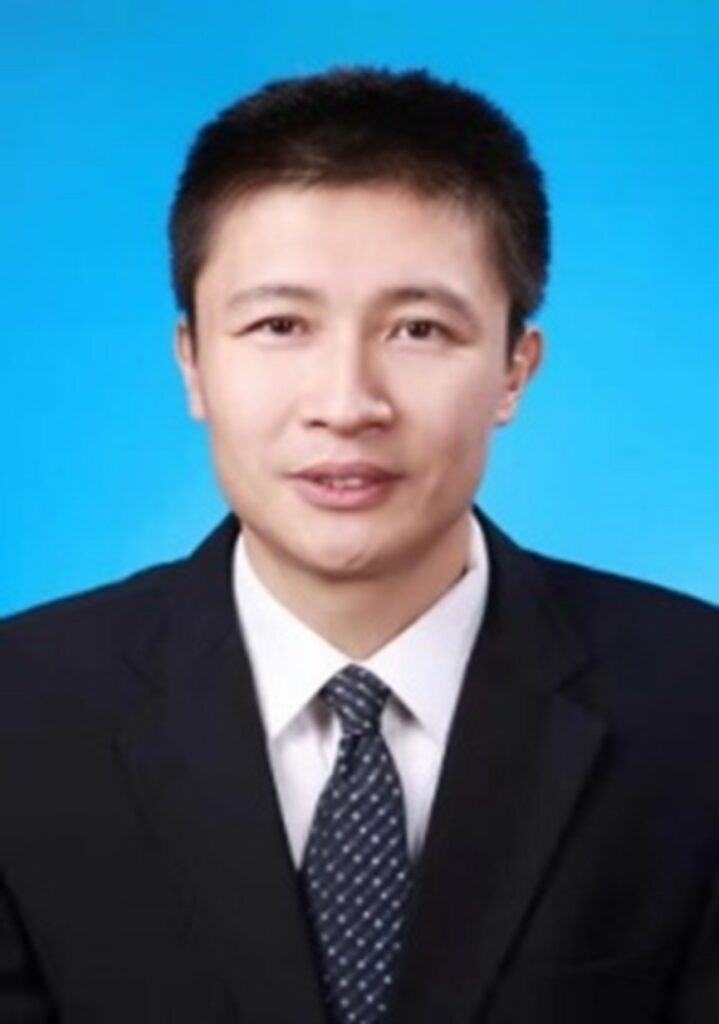
Prof. Huang Hai
Title : Research on Intelligent Manipulation Operation Technology for Underwater Robots
Date: Afternoon, Aug. 25
Bio : Huang Hai, Ph.D., is a professor and doctoral supervisor at the National Key Laboratory of Autonomous Marine Vehicle Technology, Harbin Engineering University, China. He has been engaged in research on autonomous detection/operation of underwater robots, remote control of underwater robots, and other related fields for many years. He has presided over the National Key Research and Development Program of China, key projects and joint key projects of the NSFC, and more than 20 projects for basic scientific research and development funds. He has published more than 90 papers and authorized more than 20 invention patents. As the first author, he was awarded the first prize for Scientific and Technological Progress by the China Society of Shipbuilding Engineers and the second prize for Scientific and Technological Progress in Heilongjiang Province.
Abstract : A spatial perception graph relationship network model has been established for underwater fuzzy target detection, and a spatial relationship inference and fuzzy feature enhancement module have been constructed; A visual tight coupled embodied fusion localization method with multi-phase plane matching compensation and dual attention mixed excitation have been proposed, in order to achieve accurate recognition and continuous tracking localization of complex fuzzy targets on the seabed. A multi task priority trajectory planning and online strategy reinforcement learning method have been proposed for underwater autonomous tasks, achieving multi-objective optimization of task decision-making and planning for underwater robot intelligent operations. A hand eye kinematic decomposition and adaptive uncalibrated coordination control model of UVMS have been established, and a generalized displacement recursive optimization with multi-view feature point fusion method based on virtual imaging have been proposed to achieve precise hand eye coordination control for underwater multi eye visual servoing. In the prospective study, the methods for resident inspection and operation of mother-child underwater robots on the seabed will be explored, targeting the National Key R&D Program currently under research.
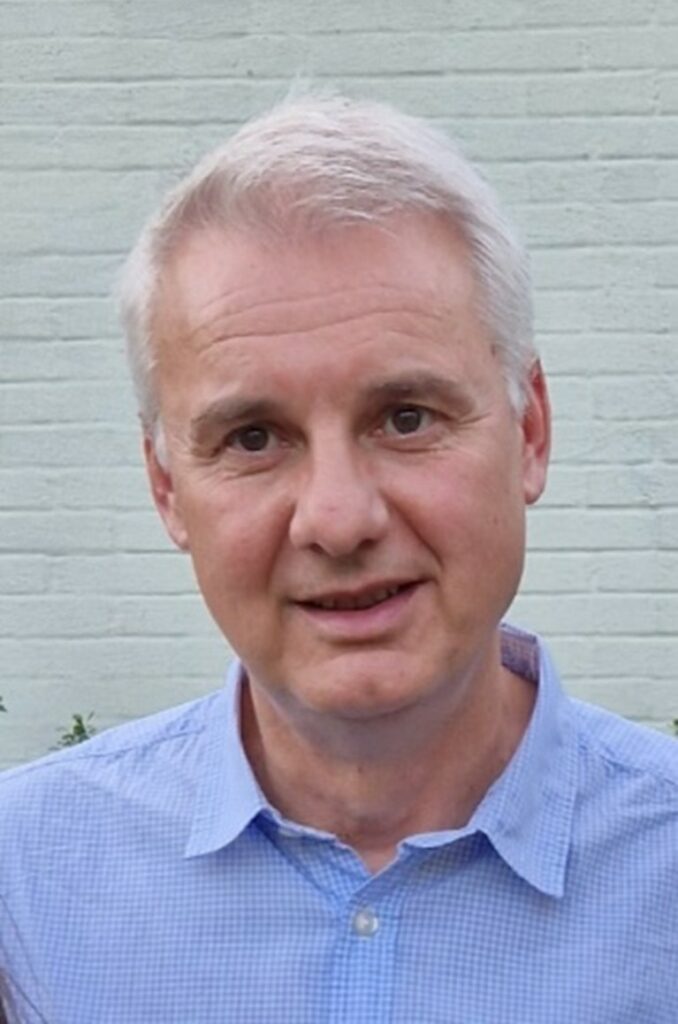
Dr. Antonio Vasilijević
Title : Integrating Marine Robotics to Support Multidisciplinary Ocean Science
Date: Afternoon, Aug. 25
Bio : Dr. Antonio Vasilijević (M) is a Senior Advisor at the Applied Underwater Robotics Laboratory (AUR-Lab) at the Norwegian University of Science and Technology (NTNU). His research interests span a broad range of topics within marine robotics and marine technology, with a particular focus on their practical applications. He has been actively involved in numerous marine robotics projects, many of which have been supported by the European Horizon programme. Dr. Antonio Vasilijević brings extensive experience from both academia and industry, providing a dual perspective that bridges theoretical research and real-world implementation.
Abstract : Marine robotic systems are increasingly recognized as critical enablers for multidisciplinary ocean applications, extending well beyond traditional exploration and inspection roles. This talk presents recent application-driven research from NTNU’s Applied Underwater Robotics Lab, focusing on the integration of marine robotics into workflows that support subsea residency (projects UNDINA and CAROS), ecological mapping and restoration (project CLIMAREST, digital twin frameworks, and predictive ocean modeling (project ILIAD). We will explore how robotic sensing platforms facilitate high-resolution spatial and temporal data acquisition, enabling the assessment of benthic habitat status and improving forecasts of phenomena such as pollutant dispersion and harmful algal blooms. Furthermore, we highlight the role of long-endurance, infrastructure-integrated robotic nodes as key enablers of persistent observation, informed assessment to actively restore and maintain dynamic marine ecosystems.
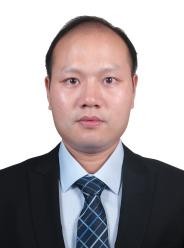
Prof. Li Huiping
Title : Optimal Planning and Motion Control of Unmanned Surface Vehicles
Date: Afternoon, Aug. 25
Bio : Dr Huiping Li, Senior Member of IEEE, CAA, Professor at Northwestern Polytechnical University. His primary research focuses on model predictive control, navigation for unmanned systems, and intelligent decision-making and control. He is a recipient of the National Science Fund for Excellent Young Scholars, and he led several research projects, including Key Joint Program of the National Natural Science Foundation of China, and the Shaanxi Province Outstanding Young Scholars Program. He serves as the Chair of the IEEE Industrial Electronics Society Xi’an Chapter, and serves on the editorial boards of several journals, including IEEE TMECH, IEEE TIE, and IEEE/CAA JAS He was awarded the First Prize of Natural Science by the Chinese Association of Automation.
Abstract : Unmanned Surface Vehicles (USVs) are crucial tools for maritime operations, holding significant application prospects in both military and civilian fields. To addressing the urgent needs of USVs in terms of energy consumption, control performance, and safety in complex environments, this presentation primarily reports the economic planning and optimized control progress for USVs based on the model predictive control framework. The detailed design methods, theoretical and experimental results will be highlighted.
